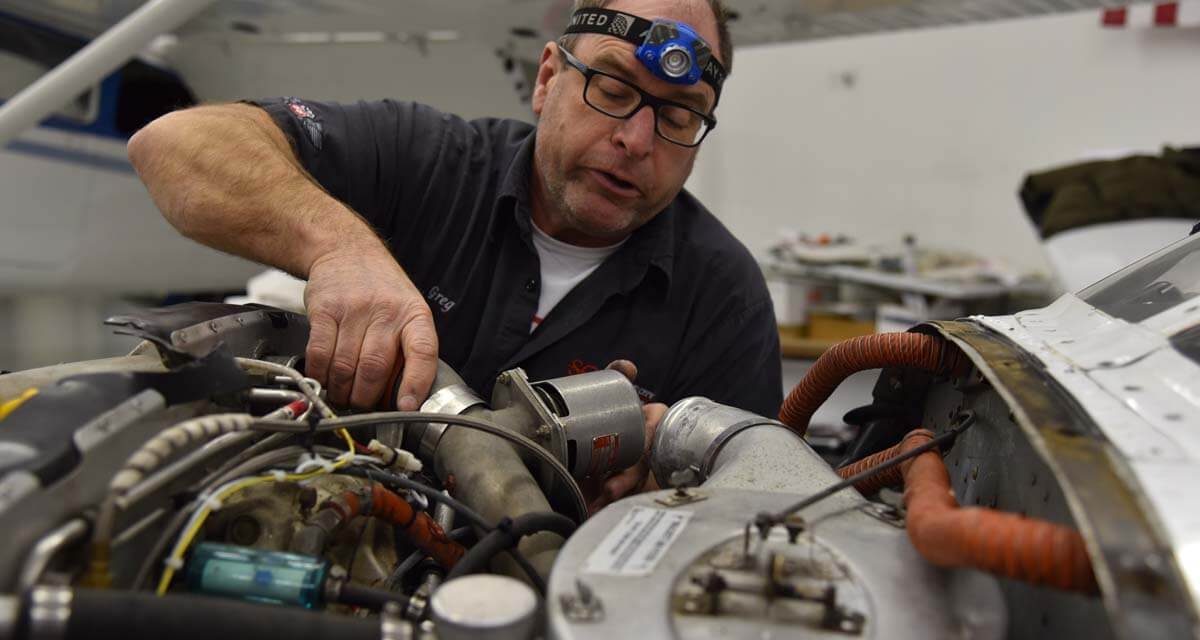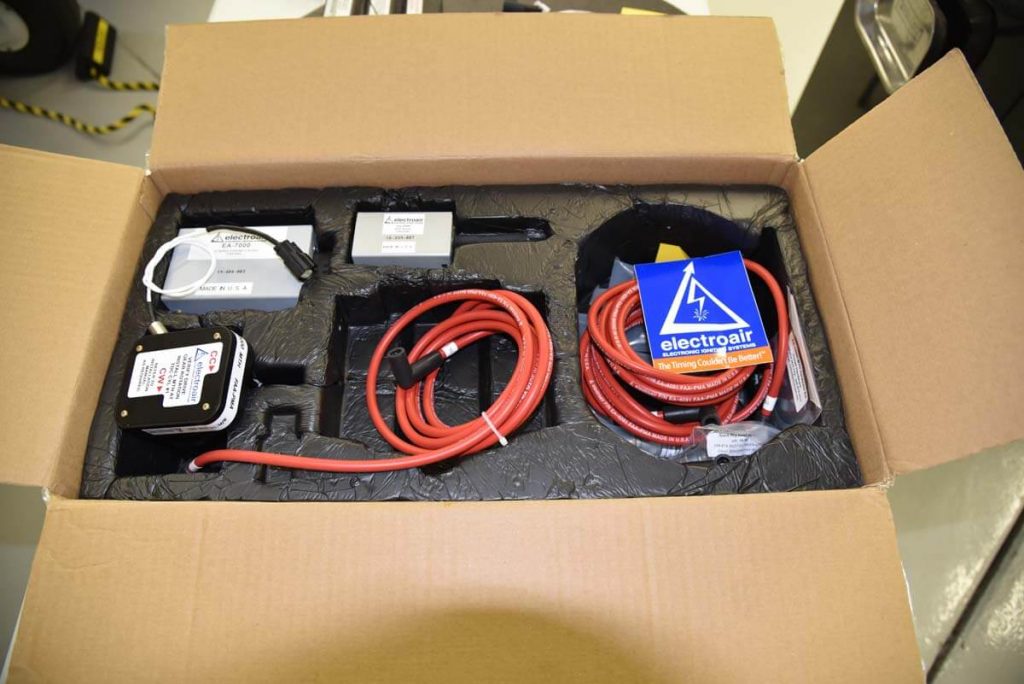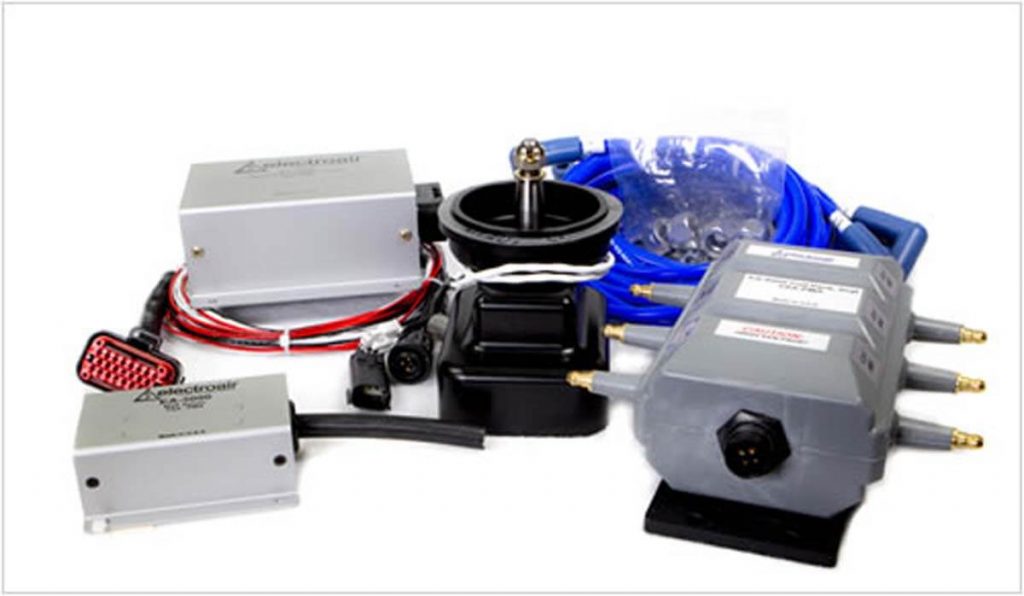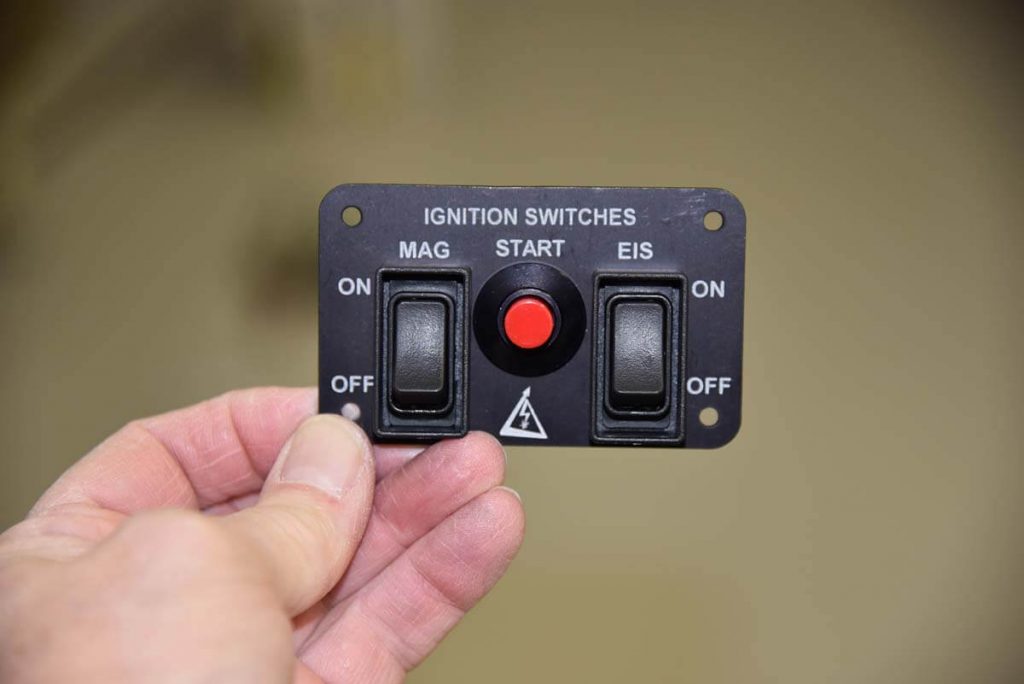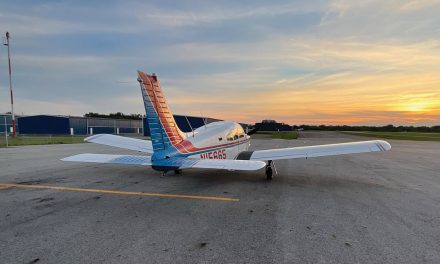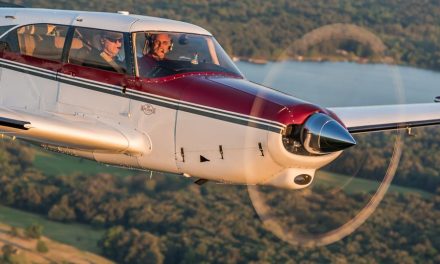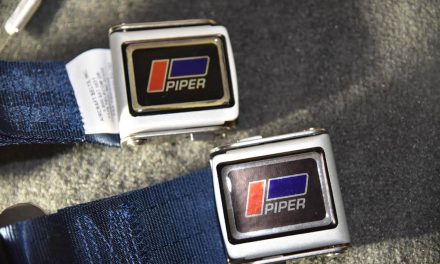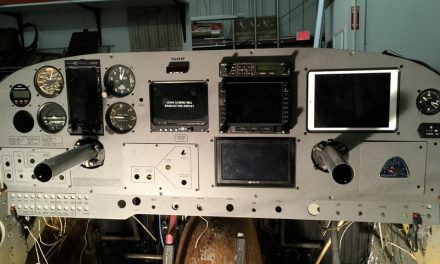Over the decades there have been more than a few things that annoyed me about the eight airplanes that I’ve owned. When I started flying, all of the aircraft that I rented and owned were new. When I started buying airplanes, they were almost new — two or three years old. Now that it’s 50 years later I’m still flying the same aircraft that I flew early on during the 1960s and 1970s. This annoys me greatly and I’ve spent most of a lifetime restoring to like-new the various aircraft that I’ve owned.
The moment I finished restoring and painting my last aircraft, a Seneca, a Piper Owner Society member called me up and offered to buy it. He made me an offer I couldn’t refuse so off it went and now I have an Arrow in the hangar. And again, I’m restoring it. So far, I’ve replaced all of my windows and I have a door steward (which I love) in place now. I have a new headliner installed and window molding in a box in my hangar waiting to be installed, and that brings me to my biggest pet peeve: engine technology.
Hot start issues
When I take a friend flying it’s mostly for lunch somewhere. We’re there an hour and then get back in the plane and I struggle to get the engine going again. It’s so embarrassing that I try not to take friends for lunch. How can I have as much money invested in my airplane as I do but the engine won’t start? I have as much money invested in the plane as I would in three or more cars and when the engine is hot, I struggle to get it started. As I said, embarrassing to the point of not wanting to do it.
Last summer one of our members, Paul Novak, put a Surefly electronic ignition in his Arrow II. Paul has said on a couple of occasions how much he likes his and recommends it. That sounded like an interesting solution and I started to look into it. I also found out that a Michigan company named Electroair makes a similar product. After looking at both products I thought that the Electroair solution would be better for my engine, a Continental TSIO-360-FB. My engine already has a Wolf air/oil separator, which works so well that I don’t add any oil between 50-hour oil changes. The separator now makes my Continental just like a reliable car engine regarding oil consumption. My engine also has a Merlin Black Magic automatic wastegate, which controls the turbocharger much better than the factory fixed wastegate. I’m very happy with that, too. But what about hard starts? To be direct, why can’t my engine start every time with two blade turns just like my car? Why not?
Choosing a product
After researching the Electroair electronic ignition system, or EIS, I liked what I saw. The bullet points that caught my attention were:
- Smoother engine operation.
- Longer spark plug life.
- DO-160E tested and certified.
- Ignition timing adjusts automatically with altitude.
- Reduced maintenance costs.
- 10-15% gain in fuel efficiency in normally aspirated engines.
- Reduced spark plug fouling.
- Comprehensive technical support.
- Improved high-altitude performance.
- More horsepower.
That’s a lot of claims to make and proving them would be important to me. So, I pursued it with their company President Mike Kobylik. Since I do a lot of cross-country, I fly between 9,000 and 14,000 feet MSL most of the time. I also explained to him my embarrassment at having trouble starting my engine. One of the comments that Mike made just rang a bell with me. Our car engines didn’t improve in one shot. That is, we didn’t go from 1960 to 2020 in one technological leap, it took 60 years of constant development.
To take our airplane engines from 1960 to 2020 took … well, it’s still taking! We have frozen our engines in time with technology from the 1960s. I’m not saying that the engine manufacturers haven’t improved their engines over the years – they have, but not by much. What Electroair did was jump the aircraft ignition system from 1960 to 2020 in one shot — from flying with two magnetos to one electronic ignition system and one magneto. After the conversion the one remaining mag is there for backup. It stays running but contributes very little. The new EIS has variable spark advance and approximately 70,000V of spark versus 12,000V and no variable advance on the old mag. Also, there’s no 500-hour mag inspection and almost no moving parts.
So, why do you have one mag left after the installation? Unfortunately, the FAA says we have to keep one original magneto for backup. If you have an experimental aircraft, then you can remove the second mag if you choose. Alas, that’s not what we’re doing in our Pipers.
And about that hot start? Here’s a quote from Electroair’s website: “An EI can be a blessing when starting a hot piston engine with a corrupt fuel/air mixture. The more powerful EI spark much simplifies starting.”
Installing the starter in my Arrow
I’m not a mechanic but I hung around the shop for a week while my guys read and learned about the product. My A&P, Greg, told me that the documentation was very good and thorough. He had a few questions on a couple of occasions and when he called, he got very fast and high-quality support. In one case, a supplied cable was too short for my engine/airframe combination and Electroair created a custom cable for me within a few days. It worked perfectly.
After the installation of new plugs, which came with the unit, and several control boxes, the unit was installed. The magneto key switch was removed and replaced with a switch panel that looked very similar to the one in my Seneca and older Seminole. I really liked having the twin feeling back in that regard.
My shop tested the engine after the install, but since my shop guys don’t generally fly my Arrow, they don’t have a point of reference, so they asked me for my thoughts after my first two flights. Now that I’ve flown about 12 hours with it here’s what I’ve seen.
- I prime just like normal, turn on both mags, and push the start button. I follow all of the normal items in my pre-start checklist. There are no differences. The engine started after two blade turns rather than the three, four, or more like it did on dual mags.
- On run-up, the magneto loses 100-150 rpm just like usual. The EIS loses 30 rpm. Much smoother!
- At low altitudes I switched between mag and EIS and found the same results as my run-up. On the mag only it was a little rough, as usual. On the EIS only it was absolutely smooth.
- At 12,000 feet MSL I did the same thing, same as above. Absolutely smooth.
- I’m just learning about fuel consumption/power at cruise. So far, I’m saving about ½ to ¾ gph. I’m reluctant to over lean while I’m learning, but I’ll take the savings that I’m getting and let you know how my learning course goes.
- The big question: How did it work after lunch? Just like my car, two blade turns and smooth as glass! No more embarrassment with my friends.
Whether you have a Continental or Lycoming; four or six cylinders; normally aspirated, turbocharged, or turbo normalized; Piper or Cessna, there’s an EIS product for you. They all work the same and the end result is a smooth, easy-to-start, reliable, and efficient engine. There are no major changes in the product across all of these options.
Finally, as you know, I’m not a mechanic and I won’t try and explain how it works so well, the sidebar “How Does it Work” contains information from Electroair’s installation guide that will help explain the technical parts of their product. I do know this: it works and I like it. My plane is now as modern in the engine compartment as my car is. That’s what I wanted and Electroair has delivered.
The rest of this article can be seen only by paid members who are logged in.Have a website login already? Log in and start reading now.
Never created a website login before? Find your Customer Number (it’s on your mailing label) and register here.
Still have questions? Contact us here.

